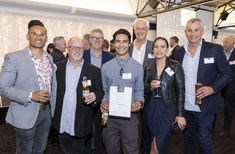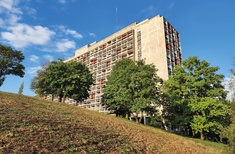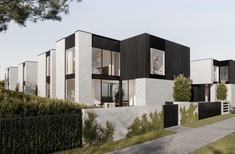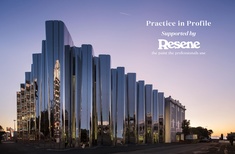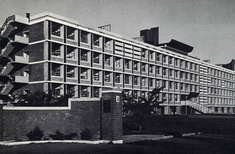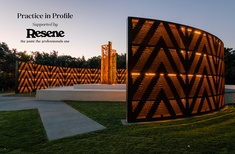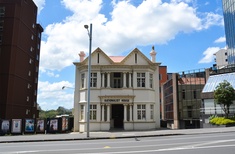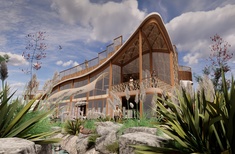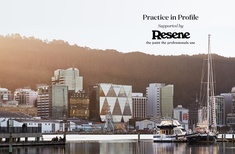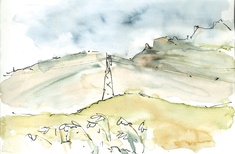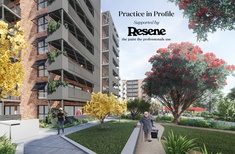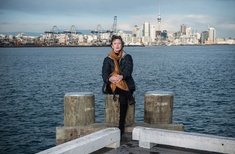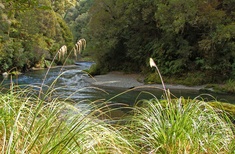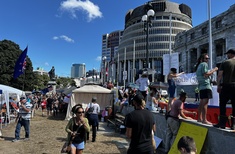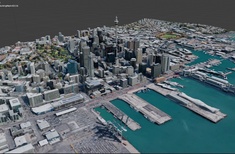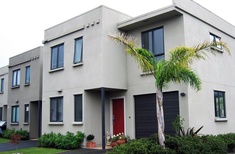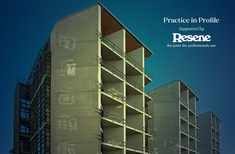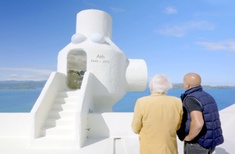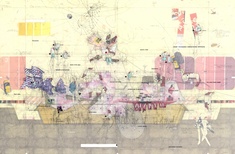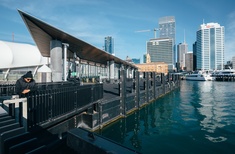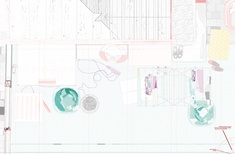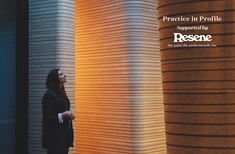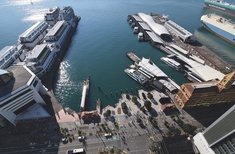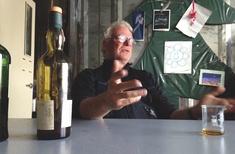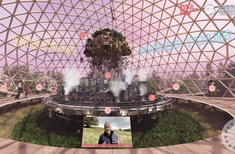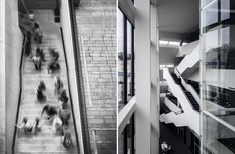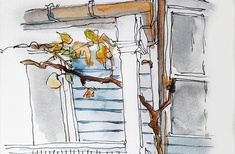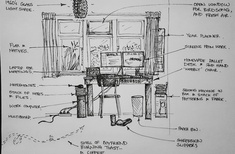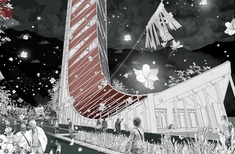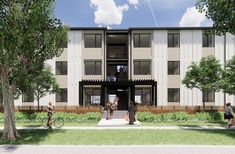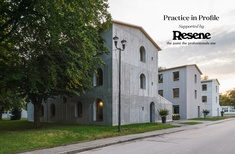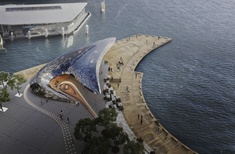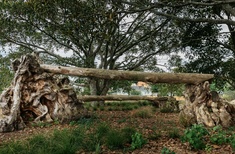Practice
RSSAuckland architecture practice partners with the Keystone Trust to support tertiary students in the property sector
An artist and an architect return to Europe – Pete Bossley visits some starchitect buildings in Europe.
Han Chen, director of Shape Architects shares his learnings from wearing both an architect’s, and a developer’s hat, and how he and his team work to reconcile the two.
Ten architectural practitioners at Patterson Associates talk about their work and the themes that draw them together.
Matthew Le Grice, Digital Design Lead at Warren and Mahoney (formerly at Zaha Hadid), predicts an exciting future in a sector moving in leaps and bounds.
Very few architecture practices can claim more than 100 years in business and can trace their roots to one of New Zealand’s most acclaimed architects.
Boffa Miskell partners Rachel de Lambert and Michael Hawes reflect on the ways in which the multi-disciplinary design practice enables people and nature to connect.
Architecture New Zealand editor Chris Barton on the ensuing debacle recently imposed housing intensification regulations will unleash on residential areas in Auckland city.
Planted green walls and rooftops, tree-lined roadsides, urban ngahere (forests) and wetlands are critical elements in our efforts to mitigate and adapt to the effects of climate change.
Three good friends formed an architecture practice in 1992. Evžen Novák reflects on how the studio has become a cooperative enterprise in which multiple design approaches have flourished.
Pip Cheshire says it is time to dream big if we are to realise a bold future for housing our whānau in Aotearoa.
Karamia Müller urges us to keep the housing crisis foregrounded as an issue that requires everyone’s action.
Kāinga Ora – Homes and Communities General Manager Patrick Dougherty explains the recent evolution in public housing and his hopes that it will catalyse change in the residential sector.
Julie Stout, the 2021 NZIA Gold Medal recipient, and first woman awardee, reflects on being a woman in architecture and the importance of speaking up.
Environmental planning and design consultancy group makes the call in the latest edition of their Ecology Quarterly newsletter
Pip Cheshire says it’s time we set about creating safe, supportive, resilient and regenerative neighbourhoods.
Chris Barton considers the nature of occupation.
Context Architects’ Katrina Hall discusses how the firm is weathering the perfect storm in the construction sector.
David Turner, Senior lecturer of Architecture at Unitec, revisits the history of high density housing in our biggest city.
Patrick Clifford reflects on what comprises the Architectus design process. He finds a heady mix of methods: from sociograms to serendipity, iterations, words generating spatial arrangements, co-design, collaboration, questioning the extent of the site and asking “why not?” to the primacy of the pin-up, to name a few.
Chris Barton finds refreshing views on what Aotearoa architecture can be in new TV series Designing Dreams
Daniel K Brown reflects on the ways in which abstract, speculative architectural drawings can play an important role in contemporary professional practice.
Chris Barton finds Te Ngau o Horotiu, Auckland Council and Auckland Transport’s new Downtown Ferry Terminal designed by Isthmus, speaks to the moon.
Karamia Müller considers the housing shortage we have inherited because of the value we place on heritage
Scott Compton discusses changing workplace design in the age of Covid, the rise of the distributed campus model and creating magnetic, experiential workspaces for empowered employees.
Chris Barton explores Te Wānanga, the long-planned replacement public space for the former Queen Elizabeth II Square, and Te Ngau o Horotiu, the new Downtown Ferry Terminal.
Karamia Müller looks forward to a return to people and place with a renewed sense of aroha.
Pip Cheshire recommends an industry-wide road map to survival and resilience.
Rays of hope emanated from the COP26 ‘Build Better Now’ virtual pavilion, showcasing 17 “exemplary sustainable projects” and explaining the ways in which construction has contributed to climate change and how future buildings could be less carbon intensive.
Amirhosein Ghaffarianhoseini and Ali Ghaffarianhoseini of AUT’s architecture and engineering schools share student work that explores what shared space might look like in the years to come.
Timothy Welch, a senior lecturer in Urban Planning at the University of Auckland, writes “in a country where the cost of land is so exorbitantly high and the supply of housing so scarce, how could so many surface car parks exist”?
Drisana Brown is a landscape architecture student who is exploring how the past is influencing when it comes to the landscapes of our nation, and what the future might look like.
Pip Cheshire finds himself in a bit of a dilemma when it comes to government directives on housing density: the nimby versus the urbanist versus the politico.
During the nationwide Level 4 lockdown, Te Kāhui Whaihanga New Zealand Institute of Architects asked architects, designers and graduates to take to the pen, paper and brushes to sketch their work from home set-ups.
Karamia Müller muses on centring Māoridom: “My answer is: we must try and, when we get it wrong, we must be open to correction with humility.”
Peddlethorp’s Manuel Diaz identifies some of the challenges and opportunities facing architects under the New Zealand Government’s Building for Climate Change programme.
Ferdinand Oswald explores three research pathways to sustainable housing design and how they might fit in with the Aotearoa climate.
“The architecture of suicide is not an easy topic but, for architects who might adhere to an ethical position akin to “first, do no harm”, it’s a topic that can’t be avoided.”
Warren and Mahoney’s digital design lead, Matthew LeGrice, reflects on his three years in New Zealand since leaving Zaha Hadid Architects in London and the ways Aotearoa’s AEC industry has embraced a digitally-led design approach.
Boffa Miskell’s William Hatton, Rangitahi Kawe and Aynsley Cisaria discuss the universal language of storytelling and learning through play and what sets apart indigenous versions of this enriching activity from what we know as “nature play”.

